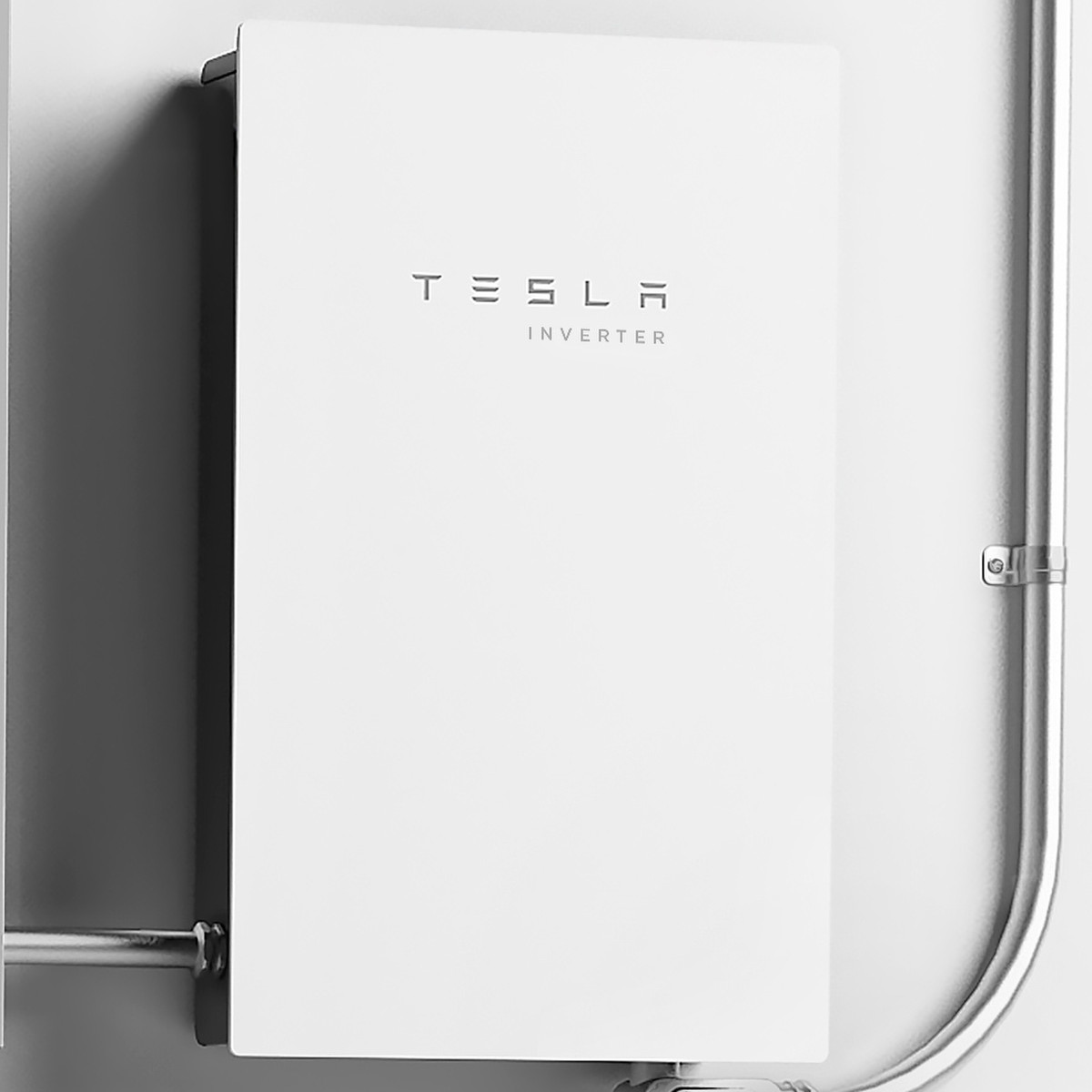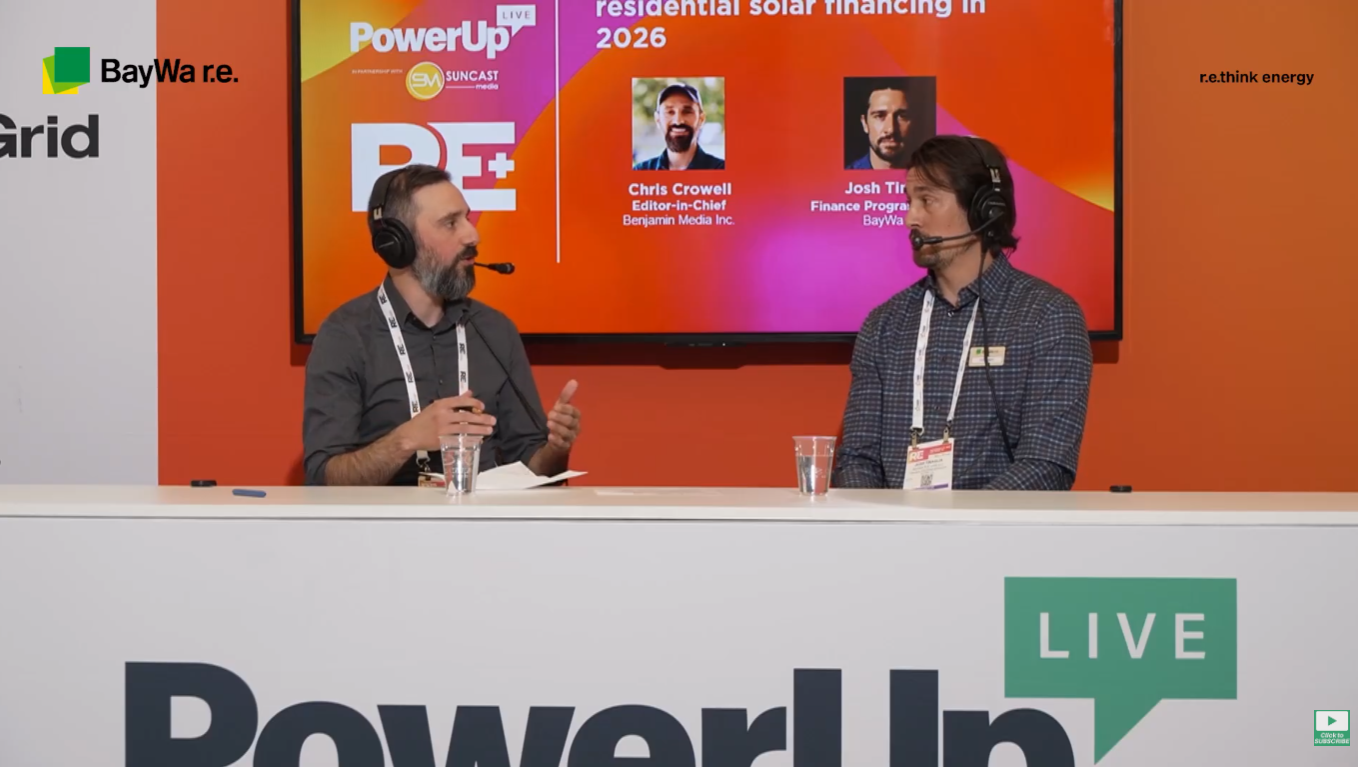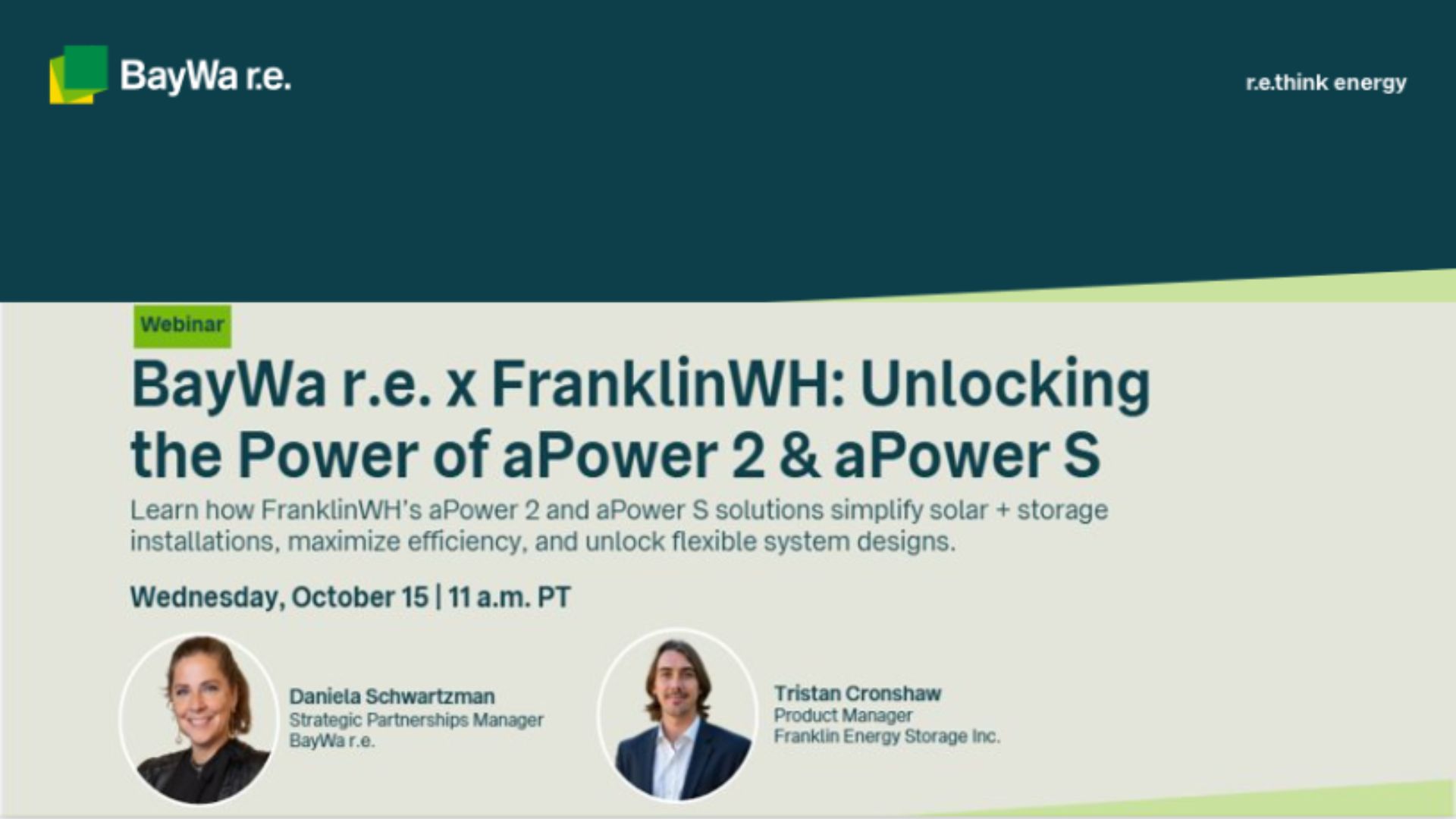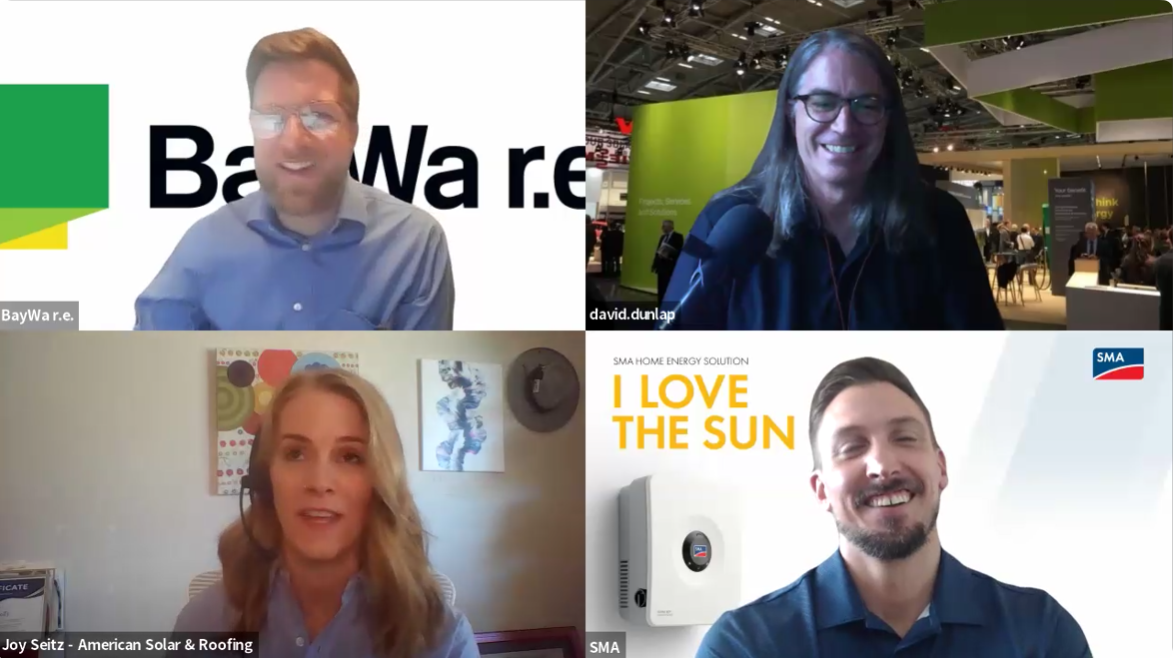By Kate Collardson and Aaron Bingham – updated April 14, 2021
June 22, 2020 marked the most recent compliance threshold for smart inverters in California — the latest update to “Rule 21” of the California Public Utilities Commission. In this explainer, we will provide an overview of Rule 21 and take a closer look at what the requirement means for California solar installers.
What is Rule 21?
First, a quick history lesson for context…
“Rule 21” as a whole isn’t new at all. It was first adopted in 1982 by the California Public Utilities Commission (CPUC) as the start of conversations on interconnection, operating, and metering requirements for generation facilities to be connected to an energy utility’s distribution system. Specifically, it deals with behind the meter energy generators. You can read its history at the CPUC website.
Naturally, as residential solar and small renewables projects became more prevalent, conversations began on how these sources would interconnect with utility grids — and how flux; excess flow back; sales; and distribution would be centrally managed, given all the complexities of California’s energy infrastructure and statewide infrastructure. The Institute of Electrical and Electronics Engineers (IEEE) and Underwriters Laboratories (UL) are entities that create standards for safe equipment and test to those standards. These groups developed IEEE 1547 and UL 1741SA, the standards that underlie Rule 21, to ensure that grid profile fluctuations do not result in unnecessary inverter shutdowns — and by extension promote additional grid instability. These standards outline how behind the meter energy generators respond to grid profile changes.
Updates (called “decisions” in CPUC lingo) have been made over the years as technologies and conversations grew. A Smart Inverter Working Group was established between the CPUC and the California Energy Commission, the state’s research, policy, and planning agency, to develop recommendations.
How Does Rule 21 Affect Grid-Tied Inverters?
At the end of 2014, Rule 21 was updated with language proposed by the aforementioned Smart Inverter Working Group. The added language required that smart inverters installed within the jurisdictions of California’s major utilities (PG&E, Southern California Edison, San Diego Gas & Electric) comply with grid interactive interconnection requirements spelled out in IEEE 1547 and satisfy test requirements outlined in UL 1741SA. The first phase went into effect in 2017. The implementation was outlined in three phases:
- Phase I: Autonomous functions that all inverter-connected distributed energy resources in California will be required to perform.
- Phase II: Default protocols for communications among investor-owned utilities, distributed energy resources, and distributed energy resource aggregators.
- Phase III: Additional advanced inverter functionality that may require communications.
June 22, 2020 marked the latest deadline for compliance with aspects of Phase II and Phase III. Among these requirements: settings by inverter manufacturers for what their devices should do when the grid experiences instability or fluctuations in performance, and — once the technology is available — how the device should respond to commands from the utility. A key goal is the ability for any connected generator (e.g., a residential rooftop) to stay online and adapt their output and overall behavior to stabilize the grid during abnormal operation, rather than simply disconnecting.
Not something a homeowner would be bothered with — hence the onus on manufacturers to develop smart inverters that can work in this future of interconnected, cross-communicating, automated energy distribution management infrastructure.
Do I Have to Worry About Rule 21
Yes, if you install in California, and if the project in question will connect to a utility grid. Rule 21 requirements apply to any inverter attached to a utility’s grid. Note that each of California’s major utilities (PG&E, SCE, SDG&E) manage their respective jurisdictions regarding Rule 21 interconnection compliance. The same goes for SMUD.
It’s also worth noting that similar requirements exist outside of California, including Rule 14H in Hawaii among others. This map shows states where adoption of IEEE 1547 standards are being considered. Click the map for a link to information from the Electric Power Research Institute (EPRI) about your state’s adoption of IEEE1547.
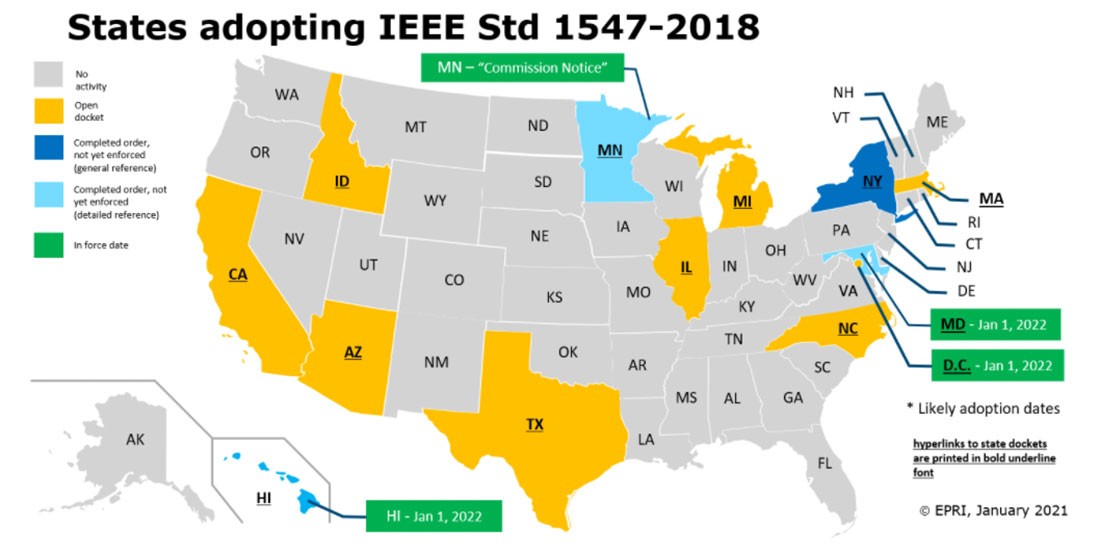
Okay, So What Does All This Mean for the Inverter I Use?
Now that we have the history and context behind Rule 21 out of the way, let’s review how this rule affects which inverters can be installed in the regions covered by this requirement.
Thankfully, many inverter manufacturers are ahead of the game when it comes to Rule 21 compliance. Let’s take a closer look at which of our BayWa r.e. Solar Systems inverter manufacturing partners have satisfied the Rule 21 June 22, 2020 requirements. (Quote marks indicate language provided by the manufacturer.)
Enphase Energy: ”All IQ 7-series microinverters and Encharge systems are certified for Rule 21 requirements taking effect on June 22, 2020. New IQ 6-series microinverter installations will not be compliant under June 22, 2020 requirements, but existing IQ 6-series systems are compliant under the previous ruling. (Similarly, new S-series microinverter installations will not be compliant under June 22, 2020 requirements, but existing S-series systems are compliant under the previous ruling.)”
Generac Power Systems: “All components of the Generac PWRcell solar + storage system (batteries, inverters and solar optimizers) are Rule 21 Phase-3 compliant and listed on the California Energy Commission’s (CEC) Solar Equipment List.”
SolarEdge:“All SolarEdge North American inverter models and Aggregator services comply with California Rule 21 phase 3 communications requirements, and have been accepted by the California Energy Commission’s (CEC) Solar Equipment List. This means that SolarEdge has you covered end-to-end with the world’s leading inverters, servers, and aggregator tools in one easy solution. No need to mix and match components from multiple vendors and deal with complex protocols and interfaces.”
Review the SolarEdge instruction manual for Rule 21 compliance details and step by step commissioning instructions for inverters installed in Areas where Rule 21 applies.
SMA America: “The compliant, approved inverters listed with Rule 21 phase two and phase three functions are the Sunny Boy-US, Sunny Boy Storage-US, Sunny Tripower CORE1 US, and Sunny Highpower PEAK3 US series inverters.”
Yaskawa Solectria: “The following Yaskawa Solectria Solar inverters are CA Rule 21 compliant: XGI 1500 (125kW, 150kW, and 166kW); XGI 1000 (60kW and 65kW); PVI 25TL-208; PVI 25TL-480; PVI 36TL-480; PVI 50TL-480 and PVI 60TL-480. If the project requires a Made in America product, our XGI inverters are engineered in Lawrence, MA and manufactured in Buffalo Grove, IL.”
Outback: “Under CA Rule 21, inverter manufacturers must also attest that their products comply with Rule 21 Section Hh (Phase 3) Monitoring and Telemetry requirements (Function 1) and Scheduling capability requirements (Function 8). OutBack Power’s most popular grid-supporting battery backup inverters comply with the latest CA Rule 21 requirements.”
Outback Skybox SBX5048-120/240 [240V] inverters with firmware version 1.5 or greater are CEC listed and approved for operation in Rule 21 territories with no additional accessories required for compliance. The Outback Radian product series is approved for installation in Rule 21 territories when installed with the optional CSIP Bridge.
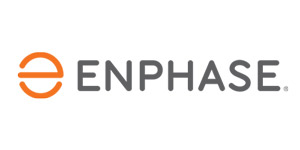


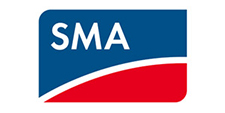
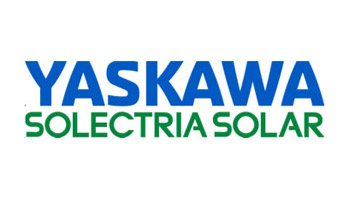
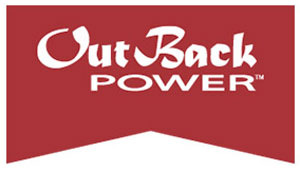
Where is Rule 21 enforced?
While Rule 21 only applies to Investor-Owned Utilities operating in CA (including PG&E, SDG&E and SCE), installers operating outside of the California IOU territories listed above may have similar requirements in place.
The IEEE Standards that are the basis for UL 1741 SA, and Rule 21 in turn, are also showing up in other parts of the country under different monikers. Check out the IEEE std 1547-2018 page for more information, and refer to the map shown above.
What’s Next for Me as a Contractor to Keep Up with Rule 21?
As Rule 21 progresses — and as compliance specifications bring new technology, smart communications, and other technical details to products on the market — stay connected with BayWa r.e. Solar Systems, our trusted manufacturing partners, as well as industry leaders like CALSSA. We’ll share relevant webinars and trainings when we see them.
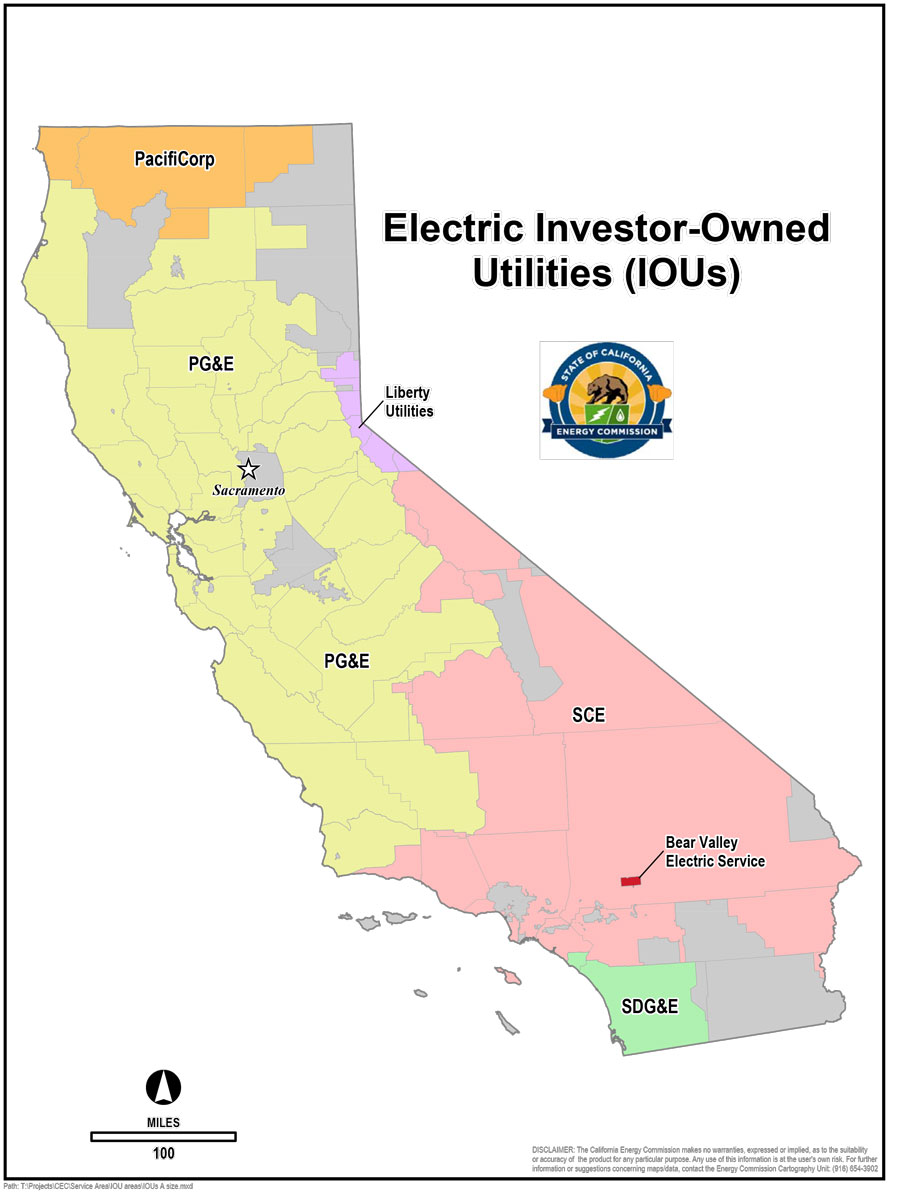
Image courtesy of the California Energy Commission.
And remember, you can always inquire with your BayWa r.e. Solar Systems regional representatives on the latest inverter compliance news, plus help selecting your inverter strategy and navigating the inverter selections on our Webstore.
Rule 21 is complicated, but it is a positive sign of the continuing maturation of residential solar as part of regional and statewide energy grids. We’ll navigate these complexities as they come, together as #SolarInfluencer community!
Interested in learning more? Contact your BayWa r.e. sales representative to talk through your current inverter strategy.
Tiernay began her solar career in 2010 and has since worked in various specialties throughout the industry. Her work at a solar installation company doing grassroots marketing and her time at a start-up originating utility-scale projects has helped Tiernay develop a broad understanding of the industry. After several roles in sales at BayWa r.e. Solar Distribution, Tiernay now leads the Key Accounts team to help customers identify patterns in their businesses and evolve their processes for success.
Tiernay holds an MBA and a Bachelor’s in International/Global Studies from the University of Arizona, where she also served as an adjunct professor of business communications. When she isn’t digging into data to find efficiency opportunities for our customers, Tiernay can be found hiking or climbing in the Sonoran Desert with her partner and pups.
BayWa r.e. Solar Distribution supplies residential and commercial solar installers in the United States with quality solar + storage components, forecasting, business planning advice, and a community of experts. Visit www.solar-distribution.com to engage with our team, read our industry insights articles, and stream our Solar Tech Talk podcasts and recorded webinars on YouTube and Spotify. Follow us on LinkedIn and Facebook to stay connected. Ask us about our Financing Program and use our industry-leading Webstore to save time, get gear shipped, and get jobs done!
Part of the BayWa r.e. Global family of renewable energy companies.
